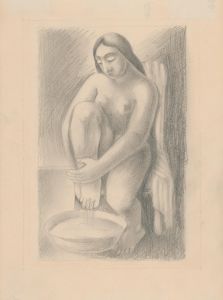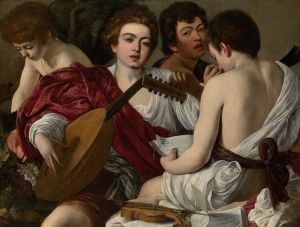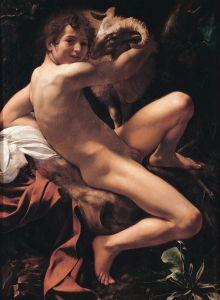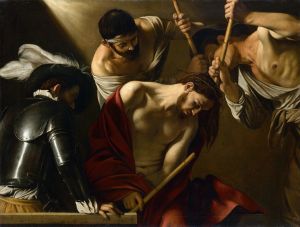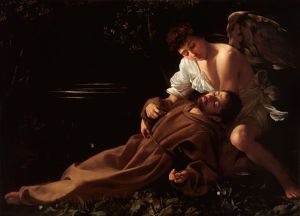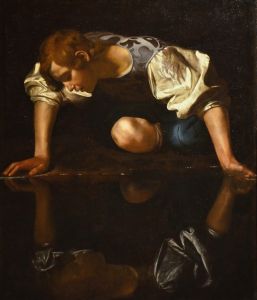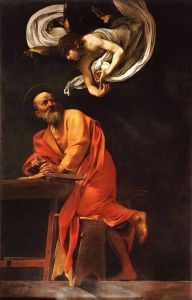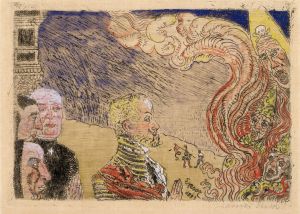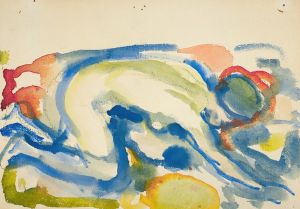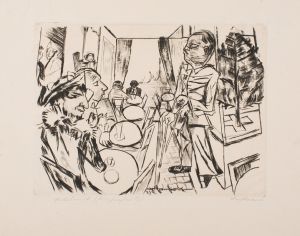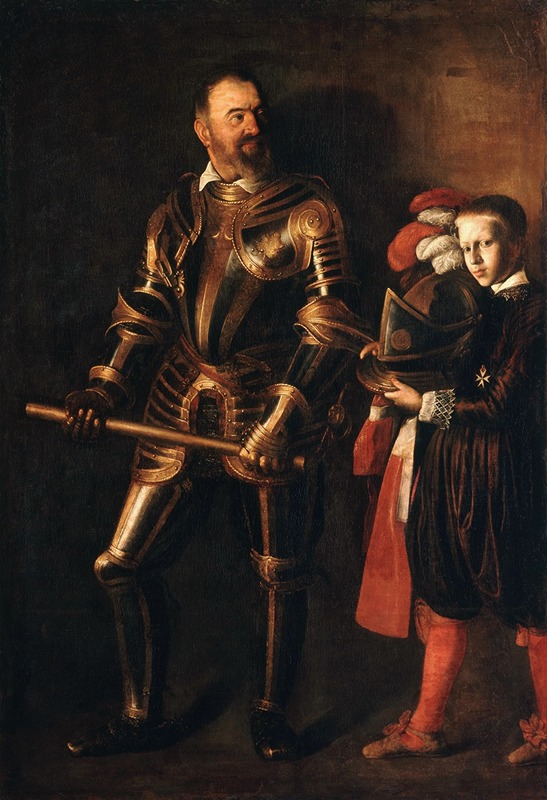
Alof de Wignacourt
A hand-painted replica of Caravaggio’s masterpiece Alof de Wignacourt, meticulously crafted by professional artists to capture the true essence of the original. Each piece is created with museum-quality canvas and rare mineral pigments, carefully painted by experienced artists with delicate brushstrokes and rich, layered colors to perfectly recreate the texture of the original artwork. Unlike machine-printed reproductions, this hand-painted version brings the painting to life, infused with the artist’s emotions and skill in every stroke. Whether for personal collection or home decoration, it instantly elevates the artistic atmosphere of any space.
Alof de Wignacourt is a portrait painted by the Italian Baroque master Caravaggio in 1608. The painting depicts Alof de Wignacourt, the 54th Grand Master of the Order of St. John, also known as the Knights of Malta. This work is considered one of Caravaggio's most significant contributions during his time in Malta, where he sought refuge after fleeing Rome due to legal troubles.
The painting is an oil on canvas and measures approximately 195 cm by 134 cm. It is currently housed in the Louvre Museum in Paris, France. The portrait showcases Wignacourt in full armor, emphasizing his role as a military leader and protector of the Order. He is depicted standing confidently, with a commanding presence, and holding a baton of command in his right hand. A young page, dressed in red, stands to his left, holding Wignacourt's helmet. The inclusion of the page adds a sense of hierarchy and formality to the composition, while also highlighting the Grand Master's status and wealth.
Caravaggio's use of chiaroscuro, the dramatic contrast between light and shadow, is evident in this painting. The light falls on Wignacourt's face and armor, drawing attention to his authority and strength. The dark background further enhances the figure's prominence, a technique characteristic of Caravaggio's style. The meticulous rendering of the armor and the textures of the fabrics demonstrate the artist's skill in capturing detail and realism.
This portrait was likely commissioned by Wignacourt himself, who was known for his patronage of the arts and his efforts to enhance the prestige of the Knights of Malta. Caravaggio's time in Malta was marked by his induction into the Order of St. John, and this painting reflects the mutual respect and collaboration between the artist and his patron. However, Caravaggio's stay in Malta was short-lived, as he was expelled from the Order in 1608 following a violent altercation.
Alof de Wignacourt is a testament to Caravaggio's ability to combine realism with psychological depth, capturing not only the physical likeness of his subject but also the authority and dignity of the Grand Master. It remains an important example of Caravaggio's work during his Maltese period and a significant piece of art history.






